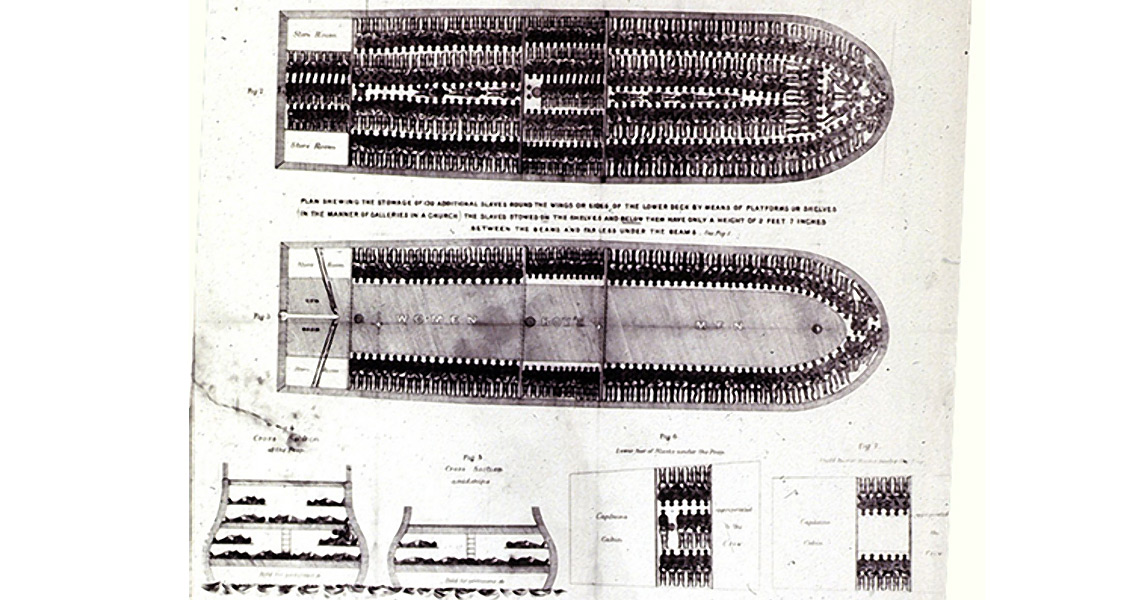<![CDATA[Slavery was made illegal throughout the British Empire on 1st August, 1834, when the Slavery Abolition Act came into force. The Act had a number of provisions which attempted to liberate slaves while also providing compensation for slave owners. All slaves under the age of six were freed immediately, while those over the age of six would remain part slave for four years. During that period they would train as an apprentice, allowing them to learn a trade and earn a wage. These provisions were included to allow slave owners to prepare for the loss of their workforce, and to prevent their businesses collapsing. Each plantation owner also received compensation, dependent on the number of slaves they had owned. In total, the British government spent £20 million compensating slave owners around the empire. A number of exceptions were included in the Slavery Abolition Act, namely the East India Company, the Island of Ceylon, and the Island of St. Helena. These exceptions were finally abolished in 1843. Although the Slavery Abolition Act was repealed in 1998 as part of a broader rationalisation of British statute law, its conditions have remained. The campaign for abolition had a long history in Britain, and was particularly motivated by the hypocrisy which saw slavery exist throughout the British Empire despite not being recognised in Britain itself. In 1772 a judgement by Lord Mansfield in the Somersett's Case saw a slave emancipated in England. The ruling made clear that slavery was not supported by English Law, and therefore no authority could be exerted on slaves in the country. A movement to abolish slavery throughout the British Empire started to form in the wake of Mansfield's judgment, and in 1808 won its first major success when Parliament passed the Slave Trade Act which illegalised British ships taking part the slave trade. Although a positive first step, it failed to really stop the trafficking of slaves. British captains caught carrying slaves for trade would be fined £100 per slave on board. Ultimately, the fines were insufficient to deter captains from transporting slaves, and had the unfortunate consequence of crews from slave ships throwing slaves over board, to reduce their penalties. Outlooks on slavery slowly changed in the early years of the nineteenth century as campaign groups increasingly came to argue that slavery should be totally abolished. The Anti-Slavery Society set up in 1823 had the comparatively modest aim of setting out measures to improve conditions for slaves while employing a gradual plan to ensure the eventual abolition of slavery. The organisation bombarded Parliament with petitions, but progress through the House of Commons was painstakingly slow. Frustrated by this lack of progress, more radical elements of the Anti-Slavery Society created an independent body, the Agency Committee, which called for the immediate abolition of slavery. At a time of Parliamentary reform, the Agency Committee's strategy of appealing directly to the British electorate paid off. By time the Great Reform Act passed in 1832, the Agency Committee had won the support of a significant percentage of the newly enfranchised voters, and the first Parliament in the wake of the Great Reform Act was sympathetic to emancipation across the British Empire. On 29th August, 1833, the Slavery Abolition Act was passed into law, effective from 1st August 1834. A number of factors combined to see slavery abolished in the British Empire in August 1834. The anti-slavery campaigns described above undoubtedly played a key role and were in turn fueled by the shifting ideas of universal liberty and freedom which had permeated across Europe following the 1789 French Revolution. Just as significantly, industrialisation and a growing free market economy meant slavery was not as profitable as it had been. As the eighteenth century wore on, slavery increasingly seemed be an anachronism, both ethically and economically. ]]>
Slavery Abolition Act Comes into Force
